
Australia is known for its bushfires, but with the reduction of back burning, intense drought and a heatwave, this summer’s catastrophic fires have been off the scale!
This has made Australians listen more readily to the cultural techniques of Aboriginal people.
This ancient wisdom of Indigenous people to fight bushfires, dates back thousands of years. Aboriginals had always managed and reduced the fire risk through specific knowledge of local ecosystems and carefully controlled burns. The bushfire reduction strategies that support cultural practice are now being reinvigorated by Firefighting professionals. They may hold the key to gain better management of bushfires in Australia.
This ancient wisdom of Indigenous people to fight bushfires, dates back thousands of years. Aboriginals had always managed and reduced the fire risk through specific knowledge of local ecosystems and carefully controlled burns. The bushfire reduction strategies that support cultural practice are now being reinvigorated by Firefighting professionals. They may hold the key to gain better management of bushfires in Australia.
1. Why fire is used by Aboriginals

The Indigenous have maintained the bush for thousands of years before colonization, especially with fire. Aboriginal people would move through the bush methodically setting undergrowth alight, so that growth of new plants was supported. The burn would clear the bush of flammable material, such as dried leaves and dead wood in order to reduce ferocious bushfires and importantly attract animals to hunt.
Lighting fires was such a constant daily task for Aboriginals that the first settlers witnessed fire being started throughout the landscape, as well clouds of smoke rising through the air.
With research over the last couple of hundred years it is known that fire helps the landscape.
2. Loss of Traditional Knowledge Systems.

Australia is the driest inhabited continent on earth combined with high temperatures. Australia suffers through heatwaves, drought and destructive bushfires.
When Australia was colonized by the British in 1788 the settlers cruelly killed many of the existing Indigenous population. Those who survived were put into Christian Mission stations and made to take on a more Western lifestyle. The result was that many thousands of years of these generations who understood nature and the traditional knowledge habits were lost.

3. Traditional Fire Techniques

Trent Nelson is an Aboriginals park ranger who demonstrates traditional fire techniques. He imitates the lighting of small spot fires on specific shrubs, like the fires his ancestors have lit thousands of years before him. The fire only goes through at a height of 30cm, so most plants and the tree canopies are protected.

This fiery centuries-old Indigenous custom is gradually being brought back in Central Victoria and is a welcome return-to-culture for the local community. They are different to conventional “planned burns”, which mainly reduce fuel in bushfire prone areas, Indigenous cultural fires burn at a far cooler temperature, meaning the smoke is light and patchy. They burn certain plants in distinctive seasons. The Indigenous cultural burns preserve native shrubs and animal life, in contrast to hazard reduction burns which tend to burn far hotter.
4. Merging Traditional Burning and Modern Techniques

The combination of cultural traditional burns when combined with more modern techniques have the potential to improve any ongoing fire management systems. The result could be good ecological results for the landscape and a contribution to community safety whilst healing Australia.
Blending Aboriginal with European and modern scientific approaches could also be the answer for all landowners and land users as well as reducing the overall bushfires and greenhouse gas emissions.

Burn lines controlled by Indigenous rangers could perform the preliminary work then as rangers take constant weather readings of the conditions of the day can also use modern technology.
5. Areas May Regenerate in the Wrong Way

Indigenous fire practitioners predict that the Australian bush may regenerate the wrong way after so much has been destroyed with this summer’s catastrophic bushfires. The fires have wiped out the tree canopies and a lot of areas could regenerate strongly by changing the species and balance of ecosystems.

Suggestions are that Indigenous fire practitioners could look at the areas that need restoration and carry out burning in the short term as the landscape starts, to regenerate in the months after the bushfires. Cultural knowledge with small scale burns at the right time of year and in the right places can not only minimize the risk of large-scale wildfires and are important for the regeneration of certain plants and animals. This may then discourage invasive species that might belong to the ecosystem nearby and so maintain the identity and balance of that land area.
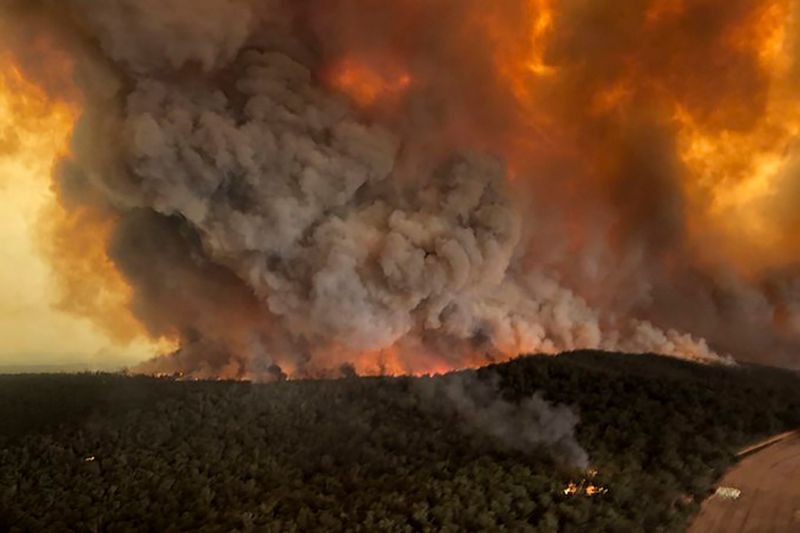
Eucalyptus, which contain flammable eucalyptus oil, should not be allowed to overrun all the other trees. Even so climate change is changing alongside this also needs considering and areas that have not burned this time around are now even more vulnerable.
6. Reading the Land
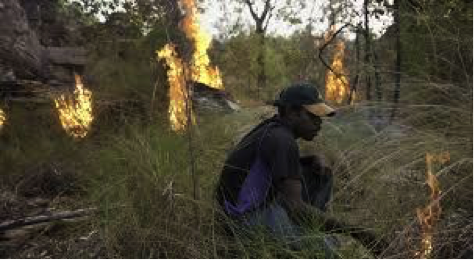
Aboriginal burning not only avoids bushfires, but it understands that different species relate to fire in different ways, for instance koalas climb trees and wombats dig burrows to escape. Aboriginal fire techniques ‘read’ the country and do not burn the area before it is ready. Their techniques use fire as a tool, they make sure that the landscape will relate to that fire and its impact whilst not actually harming the trees and their canopies.
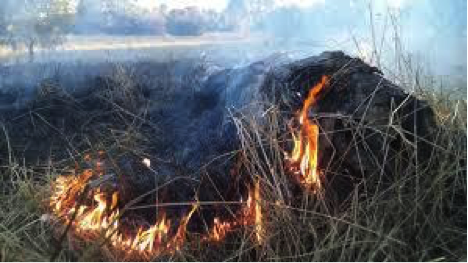
When park rangers do their burns, large areas of bush are destroyed to help clear dry leaves and bark litter. Aboriginal cultural techniques will not set fire to every piece of leaf litter as they choose which plants to burn reducing the amount of flammable material. This prevents fires from developing as they now have to catastrophic levels. Wildlife corridors are created, a continuous refuge of native habitat giving the insects and animals the chance to escape or find shelter.
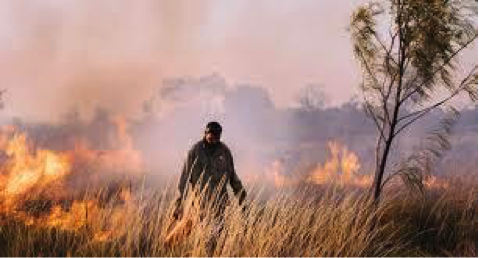
Cultural burning is like dropping a pebble in a pond and letting the waves ripple out except, in this case, it’s fire, not water doing the rippling. The fire must burn slow and low, giving lizards and insects an opportunity to seek shelter higher up the trees. Birds then flock to the fire, eating a buffet of grasshoppers that were trying to escape. There is something right about the rhythms of life when done correctly.
7. Bush as Fuel- a ticking time bomb for cultural heritage
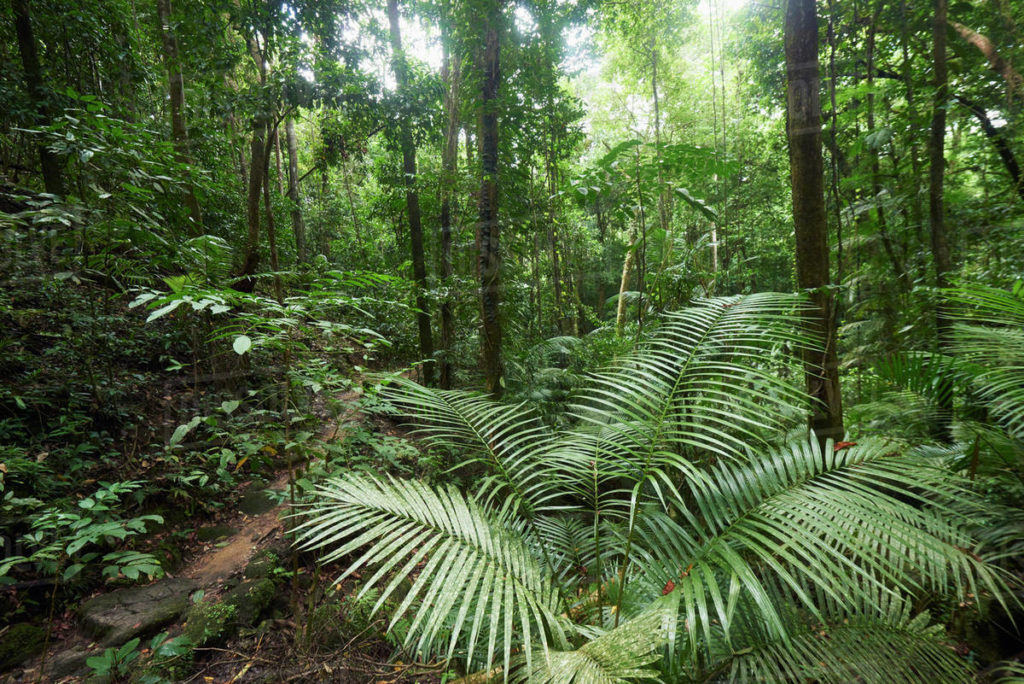
Many National Parks or State Forest have huge fuel loads in the bush and it is a ticking time bomb. If it has not burned this time round, unless it is cleared, it will go up in flames at some point unless management of that area is started. Hazard reduction burning in the winter is thought to be better than summer to avoid the tinderbox effect. Even so this approach to management has been disrupted due to changing weather conditions and longer fire seasons.
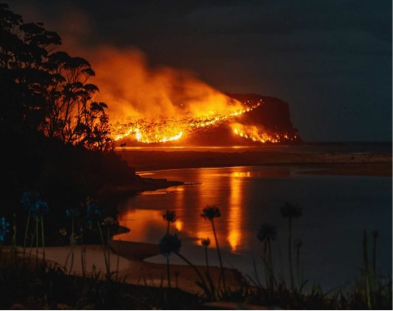
Out of control bushfires not only is it about wiping out flora and fauna, micro-organisms and iconic animals but sacred cultural sites and bush medicines. The Prime Minister Scott Morrison has proposed a Royal Commission, but the finding will probably be not that much different to the Royal Commission that was carried out in 1939 on the destructive bushfires in Victoria.
https://guides.slv.vic.gov.au/bushfires/1939
Modern day Australia will have to consider the knowledge of Aboriginal people who have lived on the land for generations in order to better manage its unique landscape. Their knowledge and techniques could help heal the country in the future.
8. Sacred sites destroyed
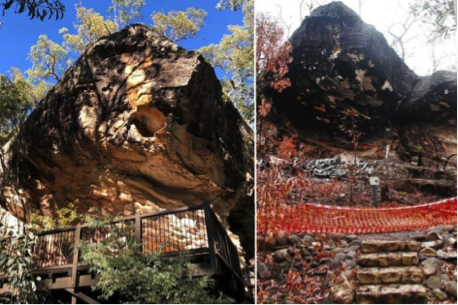
Aboriginals have been raised with the knowledge that their ancestors have adapted to changing climatic conditions for thousands of years. The protection of the land is a spiritual part of Aboriginal people and their dreamtime.
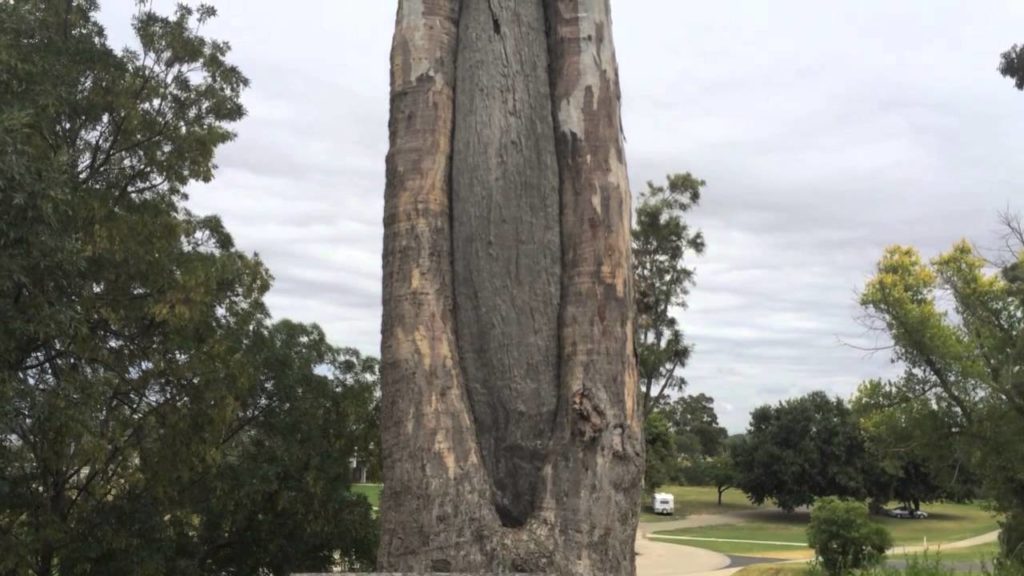
Aboriginal communities chip bark off trees to make canoes from a type of basket called ‘coolamons’. This method leaves pockmarks on the outside of the trees while keeping them alive. These trees are then known as scarred trees which are considered sacred and a direct connection to indigenous ancestors. Many now are gone as the fires swept through entire forests destroying the cultural treasures, and things which make Aboriginals who they are.
Firefighters have managed to keep the flames away from some World Heritage sites. Sadly, some of the ancestral sacred sites and rock art, which is thousands of years old, have been destroyed or altered forever. Firefighters have been shocked at the intensity of the mega fires and how little debris has remained.
9. Dangerous Air Quality Ratings
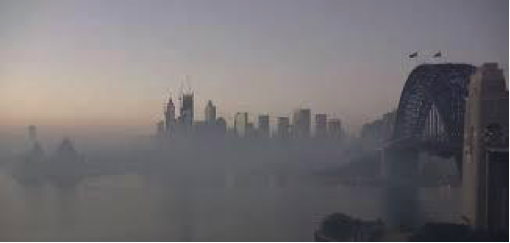
The land management agencies have been investigated over the years because a byproduct of hazard reduction burning is smoke, and smoke is a health issue. Bushfires whether in hazard reduction burning or wildfires send smoke over both the countryside and overpopulated areas. This year’s massive bushfires have resulted in a widespread smoke haze which has reduced the air quality and seen it to exceed hazardous levels.

Respiratory problems including, shortness of breath, pains in chest, sore eyes, runny nose, sore throats and headaches have been common complaints as the air quality pollution increased. People with heart or lung conditions or asthma have struggled with the smoke and stayed indoors. Many people in the city have and are still wearing masks.
10. Water quality

Bushfires can damage drinking water catchments which can then lead to longer term threats to Australia’s drinking water. Water treatment plants have filtration processes to filter small suspended particles from the water. Bushfires increase the suspended particles, which can be removed by the filters, but they then become clogged and need to be cleaned by removing, then backwashing. The more time spent backwashing the less time the filters are working, failing to keep up with the demand in so water restrictions are needed for the public.
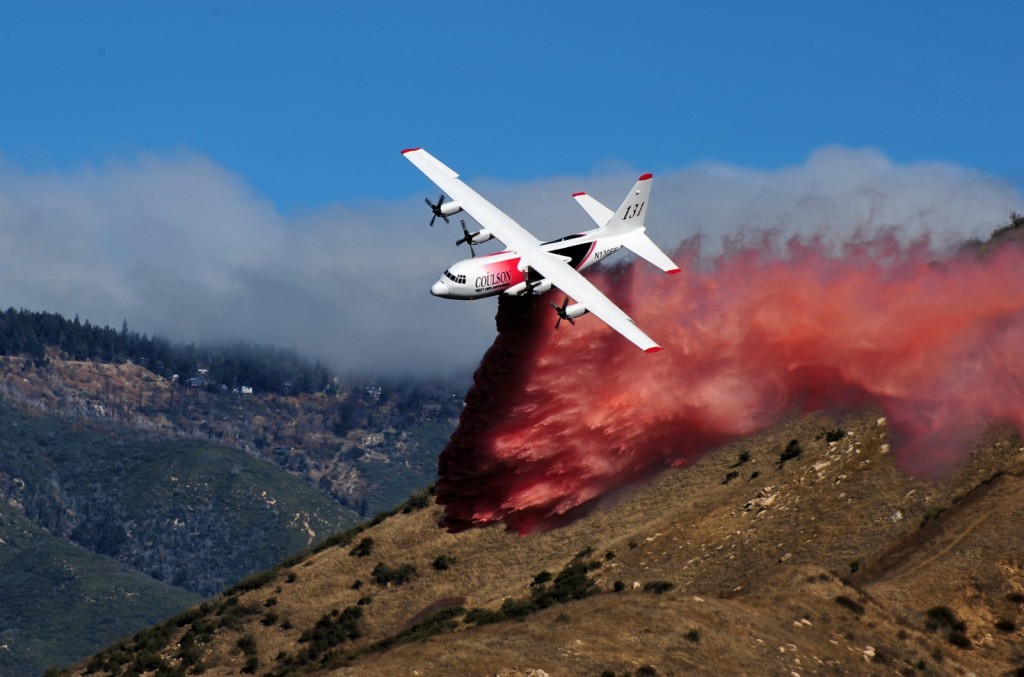
The rain that has been long awaited in the severe drought has been heavy in some areas and although helping put out the fires, the rain washes ash, pollutants, fire retardants and eroded soil from the fires into the waterway systems and affecting water supply downstream.
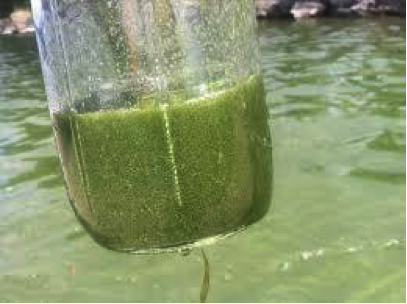
The bushfire ash contains nutrients like phosphorus and nitrogen stimulating growth of cyanobacteria. These bacteria produce chemicals that may cause water quality problems including a bad odour and poor taste. Some can produce toxic chemicals which need to be removed by the water treatment management.
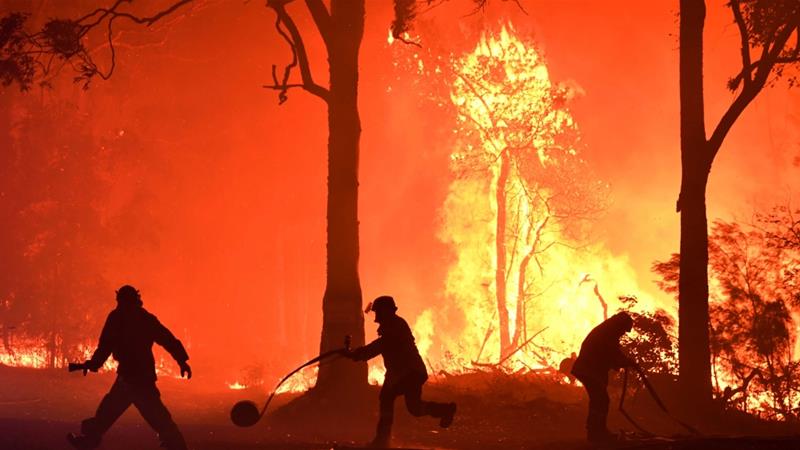
In some fire fighting situations, untreated water from a river may be fed directly to the firefighters to keep up with demand. This in turn could get into the drinking water supply if the water treatment infrastructure is damaged.
